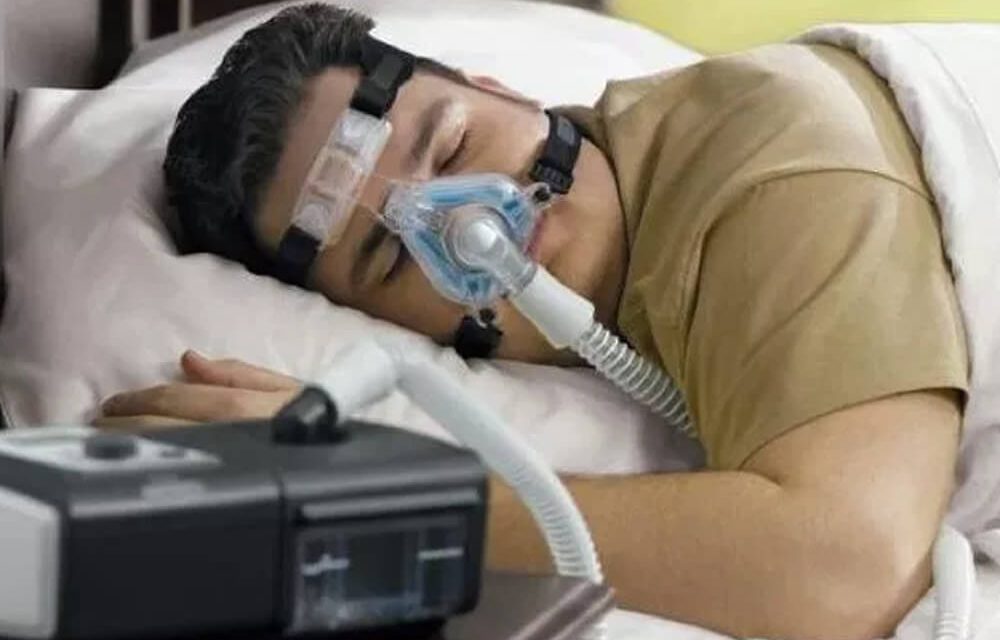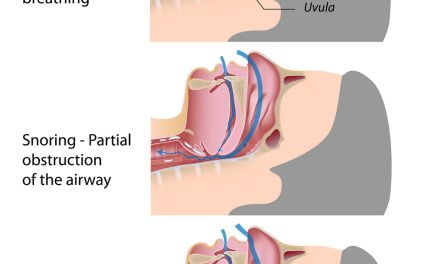Sleep apnea is a common yet severe sleep disorder where breathing repeatedly starts and stops throughout the night. It affects millions worldwide, robbing them of restful sleep, jeopardizing overall health, and lowering the quality of life. Understanding the condition and how it’s treated is paramount to empowering patients and spreading awareness. This article aims to shed light on the most prevalent forms of sleep apnea treatments currently in use.
Sleep apnea typically presents in two forms: Obstructive Sleep Apnea (OSA), the more common form caused by the throat muscles’ relaxation, and Central Sleep Apnea (CSA), which happens when the brain doesn’t send the correct signals to control breathing. In some cases, patients may experience a combination of both, known as Complex Sleep Apnea Syndrome.
The spectrum of sleep apnea treatment ranges from lifestyle modifications to medical devices, medications, and, in severe cases, surgery. The chosen therapy depends on the severity of the condition, the patient’s overall health, and their personal preferences.
Lifestyle Changes
As an initial step, doctors often recommend specific lifestyle changes to alleviate sleep apnea symptoms. Weight loss can significantly reduce OSA as it decreases the amount of tissue in the throat that may be causing the airway blockage. Likewise, quitting smoking, avoiding alcohol and sedatives, and maintaining regular sleep patterns can help manage the condition.

Continuous Positive Airway Pressure (CPAP)
For moderate to severe sleep apnea, a commonly prescribed treatment is the use of a Continuous Positive Airway Pressure (CPAP) device. The CPAP device is essentially a mask that fits over the nose and mouth and gently blows air into the airway to help keep it open during sleep. However, patient compliance can be a challenge due to the discomfort some may experience with the device.
Oral Appliances
Oral appliances are an alternative for those who find CPAP uncomfortable. They are designed to keep the throat open by bringing the jaw forward, which can relieve both snoring and mild sleep apnea. Dentists specialized in treating sleep apnea can design custom devices for maximum comfort and efficacy.
Medications
Medication is more commonly used for the treatment of CSA. Certain medications like acetazolamide or theophylline can help stimulate breathing. However, these are typically considered when other treatments aren’t feasible or haven’t worked.
Surgery
Surgery is usually considered a last resort when other treatments have failed or are inappropriate. There are several types of surgical interventions, such as nasal surgery, throat surgery, or oral surgery, each designed to remove or reposition the obstructive tissues. One of the more drastic interventions is a tracheostomy, creating a new air passage in the neck, reserved for life-threatening cases of sleep apnea.
Emerging Treatments
The field of sleep apnea treatment continues to innovate, with new devices and therapies being studied and approved regularly. For instance, hypoglossal nerve stimulation is an exciting development where a small device similar to a pacemaker is implanted under the skin. The device monitors breathing patterns during sleep and delivers mild stimulation to key airway muscles, keeping the airway open.
Living with untreated sleep apnea can lead to serious health complications, such as heart disease, stroke, and diabetes, not to mention the detrimental effects on sleep quality and, consequently, overall quality of life. If you suspect you may have sleep apnea, seek medical advice promptly. With a variety of treatments available, sleep apnea is highly manageable, and most sufferers can reclaim restful sleep and a healthier life.
Remember, sleep is not a luxury – it’s a necessity. It’s time to silence the silent night-time nemesis, one breath at a time.




